MAXIMISING ROI: ALLOCATING YOUR 2024 BUDGET
With the rapidly changing business landscape of today, allocating your marketing budget effectively is essential for maximising return on investment (ROI). As we step into 2024, businesses need to adapt their strategies to stay competitive and meet changing consumer demands. In this blog, we'll provide insights into how businesses can allocate their marketing budgets effectively, with a special emphasis on the importance of visual content.
Your marketing budget is not just an expense; it's an investment in the growth and success of your business. How you allocate your budget can make or break your marketing efforts. An effective allocation strategy ensures that every dollar spent contributes to achieving your marketing goals and, ultimately, increasing your ROI.
Why Visual Content Matters
Visual content is a cornerstone of modern marketing. In an era dominated by social media and visual platforms like Instagram, TikTok, and YouTube, businesses must harness the power of visuals to capture audience attention and convey their brand message effectively. Here's why visual content is crucial:
Engagement: Visuals, such as images and videos, are more engaging than text alone. They can convey complex messages in seconds and have a higher chance of being shared.
Memorability: People tend to remember visuals better than text. A well-crafted visual can leave a lasting impression on your audience.
Emotion: Visual content has the power to evoke emotions and create a deeper connection with your audience, leading to increased brand loyalty.
Storytelling: Visuals can tell a story more effectively than words. They allow you to convey your brand's narrative in a compelling way.
strategies for allocating your marketing budget effectively
Assess Your Goals and Priorities
Start by clearly defining your marketing goals for 2024. Are you looking to increase brand awareness, drive website traffic, generate leads, or boost sales? Knowing your objectives will guide your budget allocation.
Invest in High-Quality Visual Content
Allocate a significant portion of your budget to creating high-quality visual content. This includes professional photography, videography, graphic design, and animation. Quality visuals can set your brand apart and engage your audience effectively.
Diversify Your Visual Content
Consider the different types of visual content that can benefit your brand, such as product images, how-to videos, customer testimonials, and behind-the-scenes footage. Diversification ensures that you reach various segments of your audience.
Embrace User-Generated Content (UGC)
Encourage your customers to create and share content related to your brand. UGC not only saves on production costs but also builds trust among potential customers who see real people endorsing your products or services.
Invest in Visual Marketing Tools
Allocate a portion of your budget for visual marketing tools and software that can streamline your content creation and distribution efforts. This may include graphic design software, video editing tools, and social media management platforms.
Promote Visual Content Across Channels
Allocate resources for promoting your visual content across multiple channels, including your website, social media, email marketing, and paid advertising. Tailor your visual content to suit each platform's specifications and audience preferences.
Measure and Adjust
Allocate a portion of your budget for analytics tools that help you track the performance of your visual content. Use data insights to make informed decisions and adjust your allocation strategy as needed.
In conclusion, effective budget allocation is a strategic imperative for businesses in 2024. By prioritising visual content in your marketing budget and following these strategies, you can create a compelling brand presence, engage your audience, and achieve a higher ROI. Visual content is not just a trend; it's a vital component of successful marketing in the digital age.




